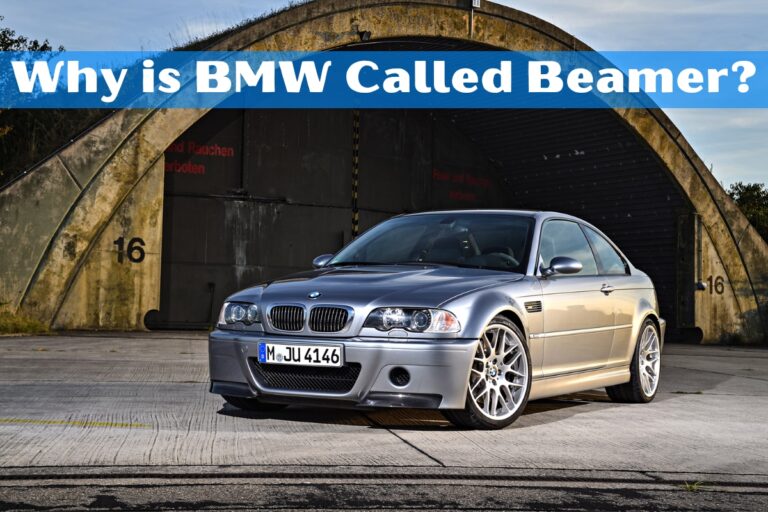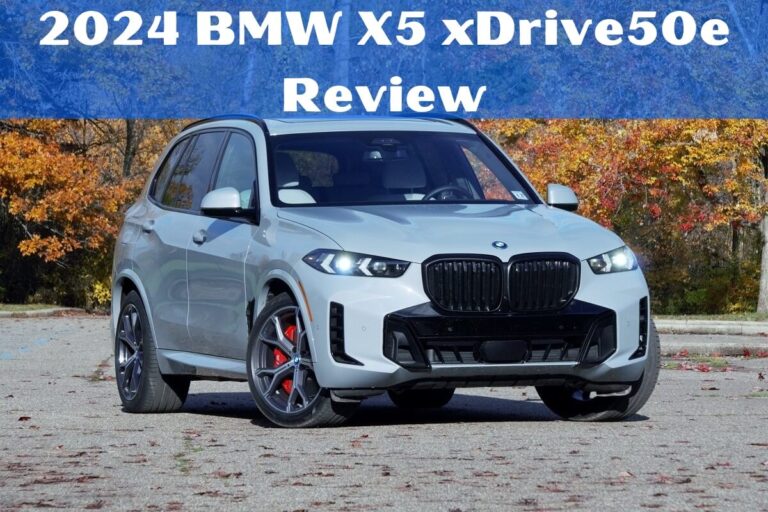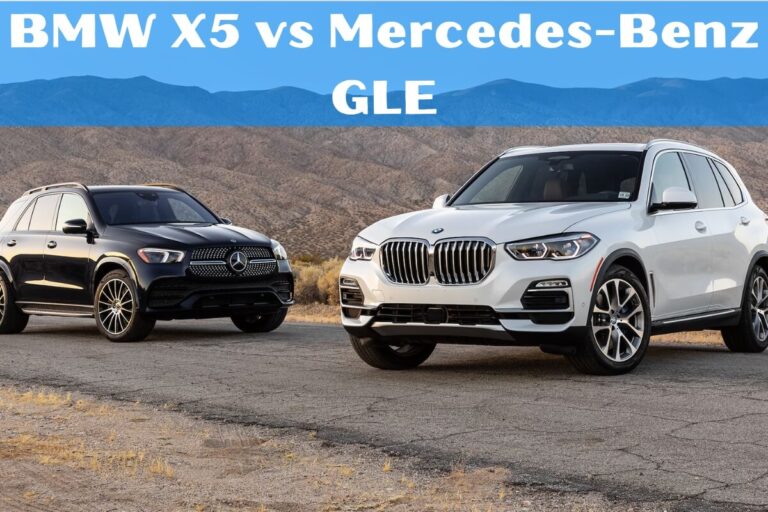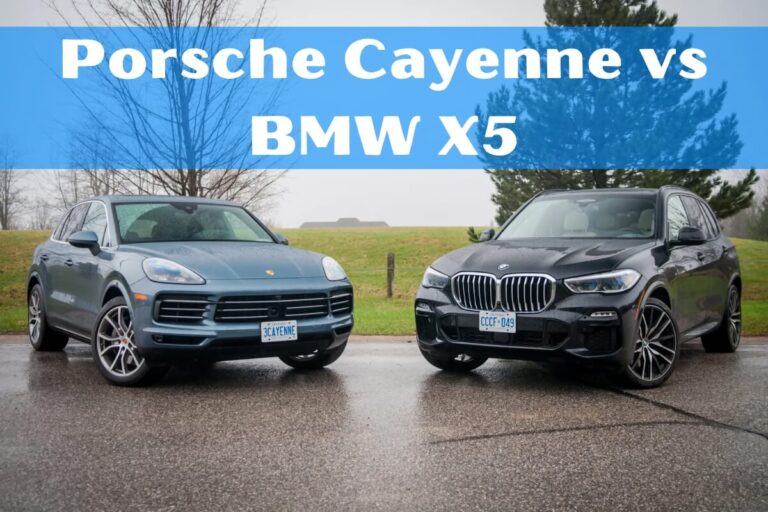Acura TLX vs BMW 3 Series: Premium Sedan Showdown
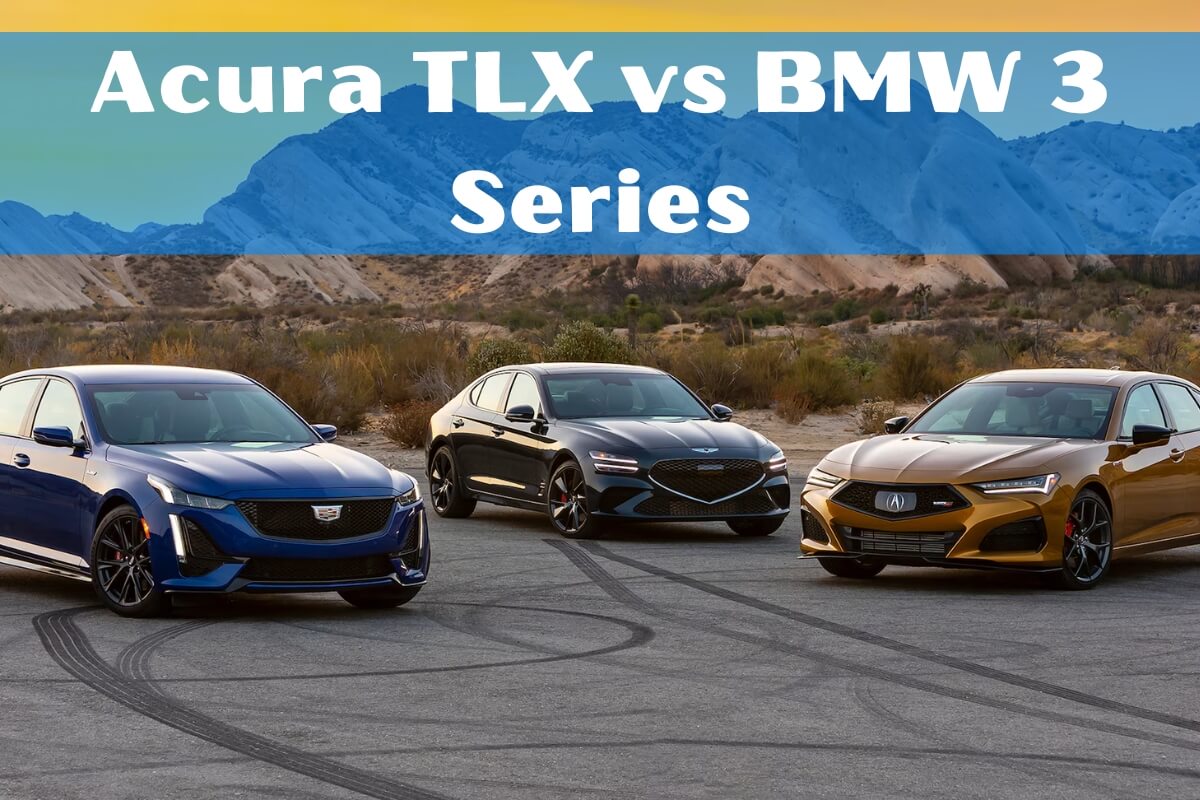
When it comes to choosing between the Acura TLX and BMW 3 Series, both are excellent premium sedans that offer a compelling blend of performance, luxury, and technology. However, there are some distinct differences that may sway your decision one way or the other. In this in-depth comparison, we’ll dive deep into the key areas such as performance, design, interior amenities, safety features, and pricing to help you determine which one is the better fit for your needs and preferences.
Luxury sedan buyers are often faced with a tough choice: the Acura TLX or the BMW 3 Series. Both vehicles are highly regarded in their respective segments, offering a compelling mix of performance, comfort, and upscale features. But which one truly reigns supreme? We’ll explore the ins and outs of each to help you make an informed decision.
Performance and Driving Dynamics
When it comes to pure driving exhilaration, the BMW 3 Series has long been a benchmark in the segment. The base 330i model is powered by a turbocharged 2.0-liter four-cylinder engine that produces a robust 255 horsepower and 295 lb-ft of torque. This punchy powerplant propels the 3 Series from 0 to 60 mph in a swift 5.6 seconds (5.3 seconds with xDrive all-wheel drive).
The Acura TLX, on the other hand, comes standard with a 2.0-liter turbocharged four-cylinder that generates 272 horsepower and 280 lb-ft of torque. While slightly more potent on paper, the TLX’s 0-60 mph time of 6.2 seconds (6.1 seconds with Super-Handling All-Wheel Drive) lags behind the 330i’s sprinting abilities.
For true performance enthusiasts, both vehicles offer more powerful upgrades. The BMW M340i packs a brawny 3.0-liter turbocharged inline-six with a stout 382 horsepower and 369 lb-ft of torque, allowing it to achieve a 0-60 mph time of just 4.1 seconds. The Acura TLX Type S counters with a turbocharged 3.0-liter V6 producing 355 horsepower and 354 lb-ft of torque, reaching 60 mph in a respectable 4.8 seconds.
When it comes to handling dynamics, the BMW 3 Series has historically set the benchmark for precise, engaging, and communicative steering and suspension tuning. The TLX, while improved over previous generations, still can’t quite match the 3 Series’ level of driving engagement and poise.
Exterior Design and Dimensions
Both the Acura TLX and BMW 3 Series exude a sleek, upscale presence on the road, but their design philosophies differ. The TLX sports Acura’s bold “Diamond Pentagon” grille and sculpted bodylines that give it a muscular, athletic stance. LED headlights and taillights, along with available 19-inch wheels, enhance its premium, sporty aesthetic.
The BMW 3 Series, particularly in its latest iteration, takes a more understated yet elegant approach with its familiar “kidney” grille and clean, contoured surfacing. Its iconic “Hofmeister kink” quarter window design cue is a nod to BMWs of old. Depending on your preferences, the 3 Series can be viewed as either handsomely restrained or a bit too conservative in its styling.
In terms of exterior dimensions, the Acura TLX is the larger of the two, measuring 194.6 inches long, 73.2 inches wide, and 57 inches tall. The BMW 3 Series sedan comes in slightly smaller at 185.7 inches long, 71.9 inches wide, and 57.1 inches tall. However, these size differences are negligible in the real world.
The Battle of the Interiors
When it comes to interior design and accommodations, both vehicles offer a premium, well-crafted cabin befitting their luxury status. However, there are some notable differences in layout, material quality, and available features.
The Acura TLX’s interior has a more driver-focused layout, with a cockpit-style dashboard that wraps around the pilot. High-quality materials like available real aluminum trim and contrast stitching on the seats give it an upscale ambiance. The 10.2-inch infotainment display is mounted high for easy visibility, but some may find the dual-screen setup (with a secondary 7-inch display for climate controls) cluttered.
In contrast, the BMW 3 Series’ interior takes a more minimalist, horizontal approach with clean lines and a driver-oriented center stack. Material quality is excellent, with available wood trim, premium leather upholstery, and metallic accents exuding a sophisticated, grown-up vibe. BMW’s iDrive infotainment system, displayed on a standard 8.8-inch or available 10.25-inch screen, is widely regarded as one of the most user-friendly and intuitive systems in the industry.
Both vehicles offer a host of available comfort and convenience features like heated and ventilated front seats, heated steering wheels, ambient lighting, panoramic sunroofs, and more. However, the BMW 3 Series tends to offer a few more cutting-edge tech features like wireless device charging, a digital instrument cluster, and advanced driver assistance systems like Extended Traffic Jam Assistant.
When it comes to interior space, the Acura TLX has a slight advantage in passenger volume (93.4 cubic feet versus 92 cubic feet in the 3 Series) and trunk capacity (13.5 cubic feet versus 13 cubic feet). However, the differences are minimal, and most buyers will find ample room for passengers and cargo in either vehicle.
Fuel Economy Ratings
In terms of fuel efficiency, the BMW 3 Series holds a noticeable edge over the Acura TLX. The base 330i sedan with rear-wheel drive achieves an EPA-estimated 26 mpg city and 36 mpg highway, while the xDrive all-wheel-drive model gets 25 mpg city and 33 mpg highway.
In comparison, the Acura TLX with front-wheel drive is rated at 22 mpg city and 31 mpg highway, while the Super-Handling All-Wheel Drive (SH-AWD) model returns 21 mpg city and 29 mpg highway. The more powerful TLX Type S sees those figures drop further to 19 mpg city and 25 mpg highway.
So if maximizing fuel economy is a priority, the BMW 3 Series, particularly in its more efficient base configuration, is the clear winner in this matchup.
Safety and Driver Assistance Features
Both the Acura TLX and BMW 3 Series come well-equipped with a comprehensive suite of advanced safety and driver assistance technologies. However, the BMW tends to offer a few more cutting-edge features as standard or optional equipment.
The TLX comes standard with the AcuraWatch suite of safety aids, which includes forward collision warning with automatic emergency braking, lane departure warning with lane keep assist, adaptive cruise control with low-speed follow, and road departure mitigation. Additional available features include blind spot monitoring, rear cross-traffic alert, front and rear parking sensors, and a surround-view camera system.
The BMW 3 Series counters with its Active Driving Assistant suite as standard equipment, offering forward collision warning with automatic emergency braking, lane departure warning, blind spot monitoring, rear cross-traffic alert, and more. Optional tech includes a surround-view camera system, parking assistant, extended traffic jam assistant, and even semi-autonomous driving capabilities with the Driving Assistant Professional package.
In terms of safety ratings, both vehicles have performed exceptionally well in crash tests conducted by the National Highway Traffic Safety Administration (NHTSA) and the Insurance Institute for Highway Safety (IIHS). The 2023 TLX earned a 5-star overall safety rating from NHTSA and was named an IIHS TOP SAFETY PICK+, while the 2023 3 Series also received a 5-star overall rating and was an IIHS TOP SAFETY PICK.
Trim Levels and Pricing
When it comes to trim levels and pricing, the Acura TLX and BMW 3 Series offer a range of options to suit different budgets and preferences.
The 2023 Acura TLX starts at $39,850 for the base model with front-wheel drive and the 2.0-liter turbocharged four-cylinder engine. Moving up to the TLX with Super-Handling All-Wheel Drive (SH-AWD) bumps the price to $42,050.
The range-topping TLX Type S with its potent 3.0-liter turbocharged V6 and standard SH-AWD starts at $53,850. Adding options and packages can quickly push the TLX’s pricing into the $60,000 range for a fully loaded example.
On the BMW side, the 2023 330i sedan kicks things off at $43,700 with rear-wheel drive or $45,700 with xDrive all-wheel drive. The more powerful M340i begins at $57,700 for the rear-wheel-drive model or $59,700 with xDrive. Like the TLX, the 3 Series offers a dizzying array of optional packages and stand-alone options that can significantly inflate the bottom line, with a fully optioned-out M340i easily surpassing $70,000.
It’s worth noting that both the Acura and BMW brands offer competitively low finance and lease rates through their respective captive lending arms, Acura Financial Services and BMW Financial Services. This can help offset some of the higher pricing compared to mainstream brands.
The Verdict – Which One to Buy?
After thoroughly evaluating the Acura TLX and BMW 3 Series across key areas like performance, design, interior accommodations, safety tech, and pricing, it’s clear that both vehicles have their unique strengths and appeal to different types of buyers.
For those who prioritize outright driving thrills, engaging dynamics, and that quintessential BMW “ultimate driving machine” experience, the 3 Series is the clear choice – especially in its potent M340i guise. Its precise steering, communicative chassis tuning, and robust powertrains deliver a level of driving engagement that the TLX simply can’t quite match.
However, if you value a more spacious and well-appointed interior, cutting-edge technology features, and a bit more bang for your buck in terms of performance per dollar, the Acura TLX makes a compelling case – particularly the value-packed Type S model.
Ultimately, the decision will likely come down to your specific priorities and needs. If you’re a driving enthusiast who considers dynamics above all else, the BMW 3 Series should be at the top of your list. But if a roomy, feature-laden interior and strong value proposition are more important, the Acura TLX deserves serious consideration.
As always, the best way to determine which premium sport sedan is right for you is to get behind the wheel of both vehicles and experience them firsthand. Take advantage of test drives, carefully evaluate each car’s strengths and weaknesses, and then decide which one best aligns with your personal tastes and lifestyle.
Final Checkpoint
In the battle of the premium sport sedans, the Acura TLX and BMW 3 Series both make a strong case for themselves, but with distinct differences that cater to different types of buyers.
The BMW 3 Series, particularly in its higher-performance M340i trim, delivers an unmatched level of driving engagement, agility, and outright thrills behind the wheel. Its precise steering, communicative chassis, and powerful engine options make it a true “driver’s car” in this segment. Add in its high-tech interior amenities and cutting-edge safety features, and the 3 Series remains a benchmark for compact luxury sport sedans.
However, the Acura TLX counters with a tremendous value proposition, offering robust performance, a spacious and well-appointed interior, and loads of tech features – often for less money than its Bavarian rival when comparably equipped. The range-topping TLX Type S, in particular, is a performance bargain, delivering rapid acceleration and engaging dynamics at a price point that undercuts the M340i.
In the end, your decision will likely come down to your priorities. If you live for the thrill of driving and want the ultimate in precision and performance, the BMW 3 Series is the clear choice. But if you’re looking for a well-rounded premium sedan that delivers strong value, plenty of space, and all the latest tech and safety features, the Acura TLX deserves to be at the top of your list.
No matter which vehicle you ultimately choose, taking the time to thoroughly research, compare, and test drive both the Acura TLX and BMW 3 Series will ensure you end up with the premium sport sedan that best suits your unique needs and desires. Happy driving!

